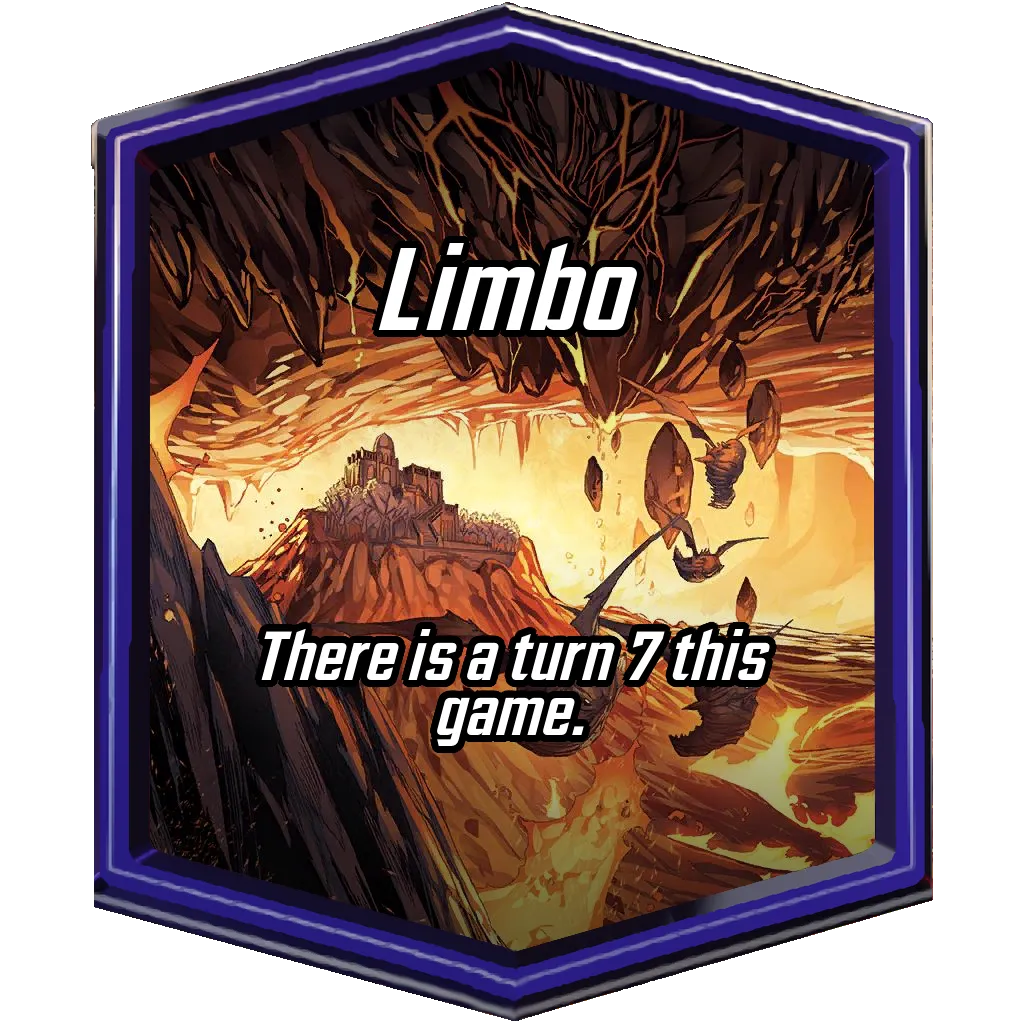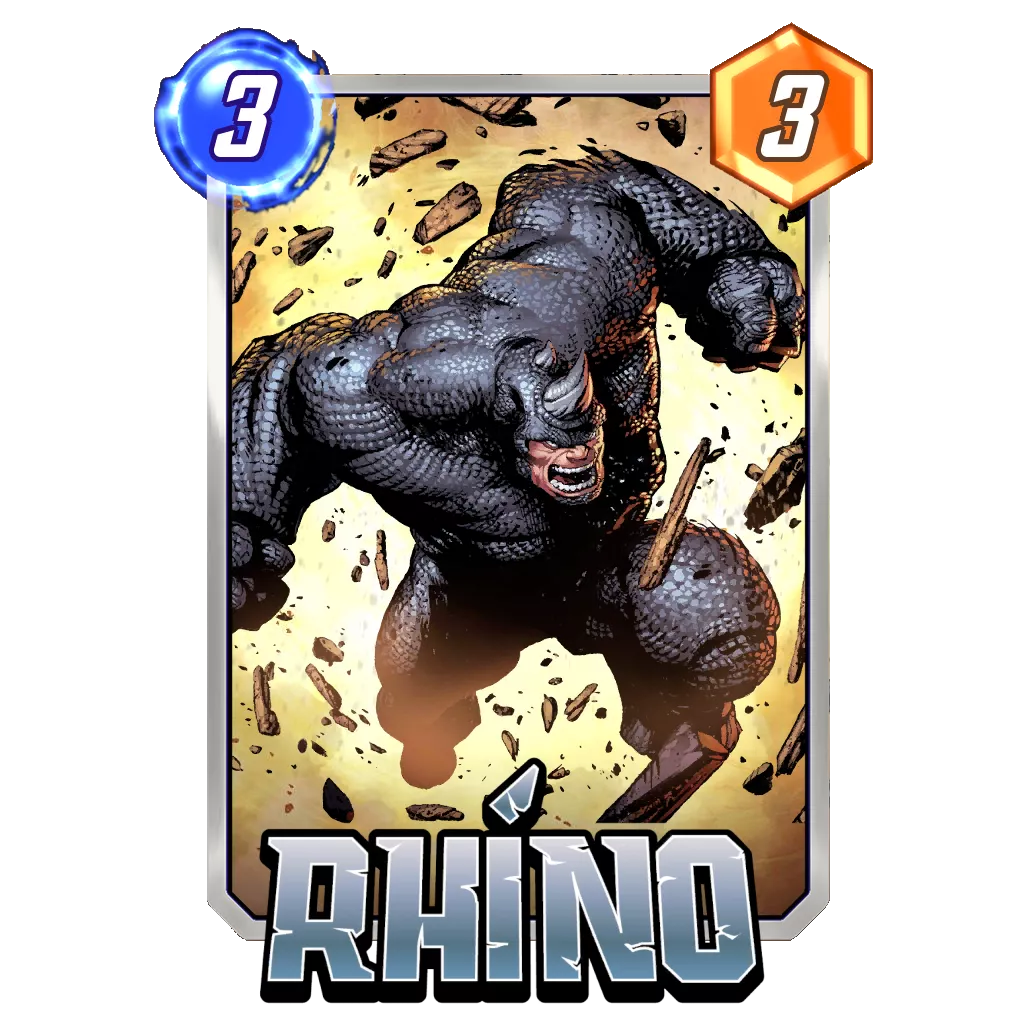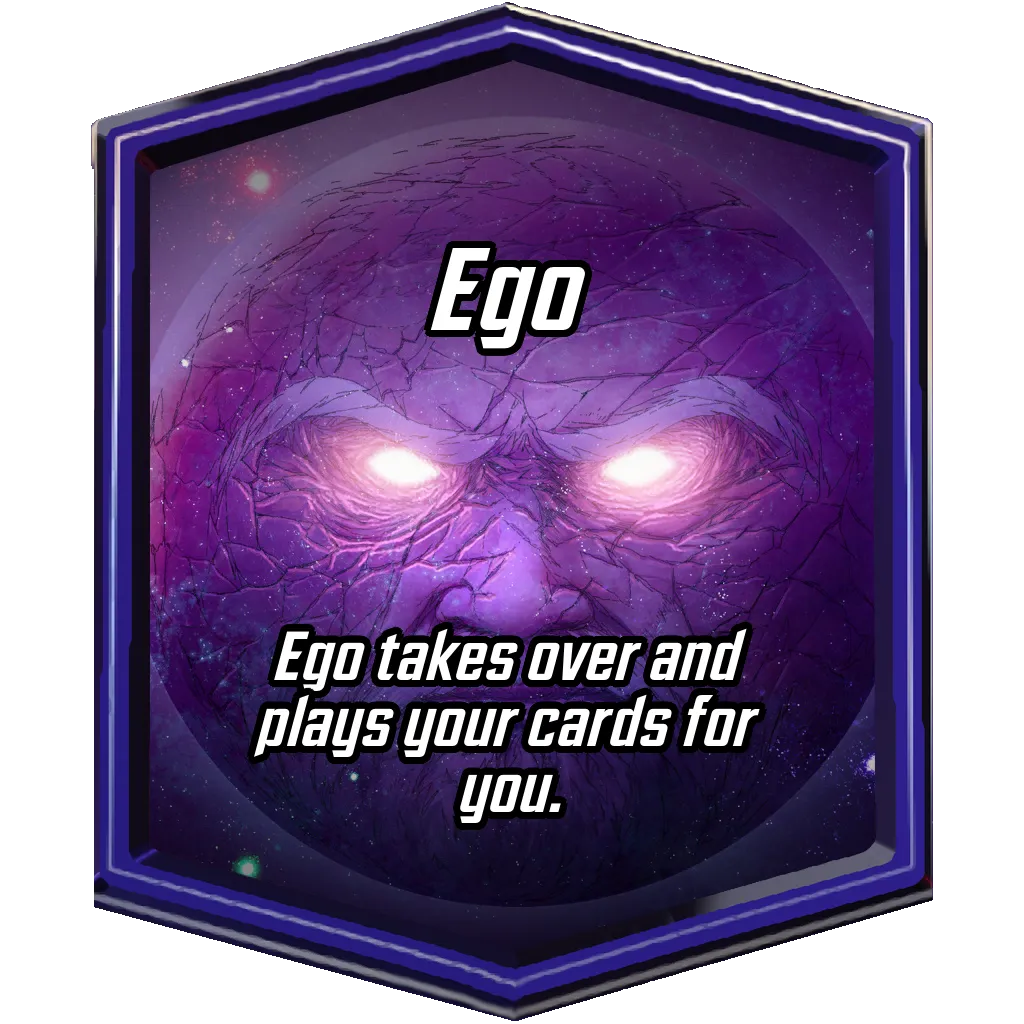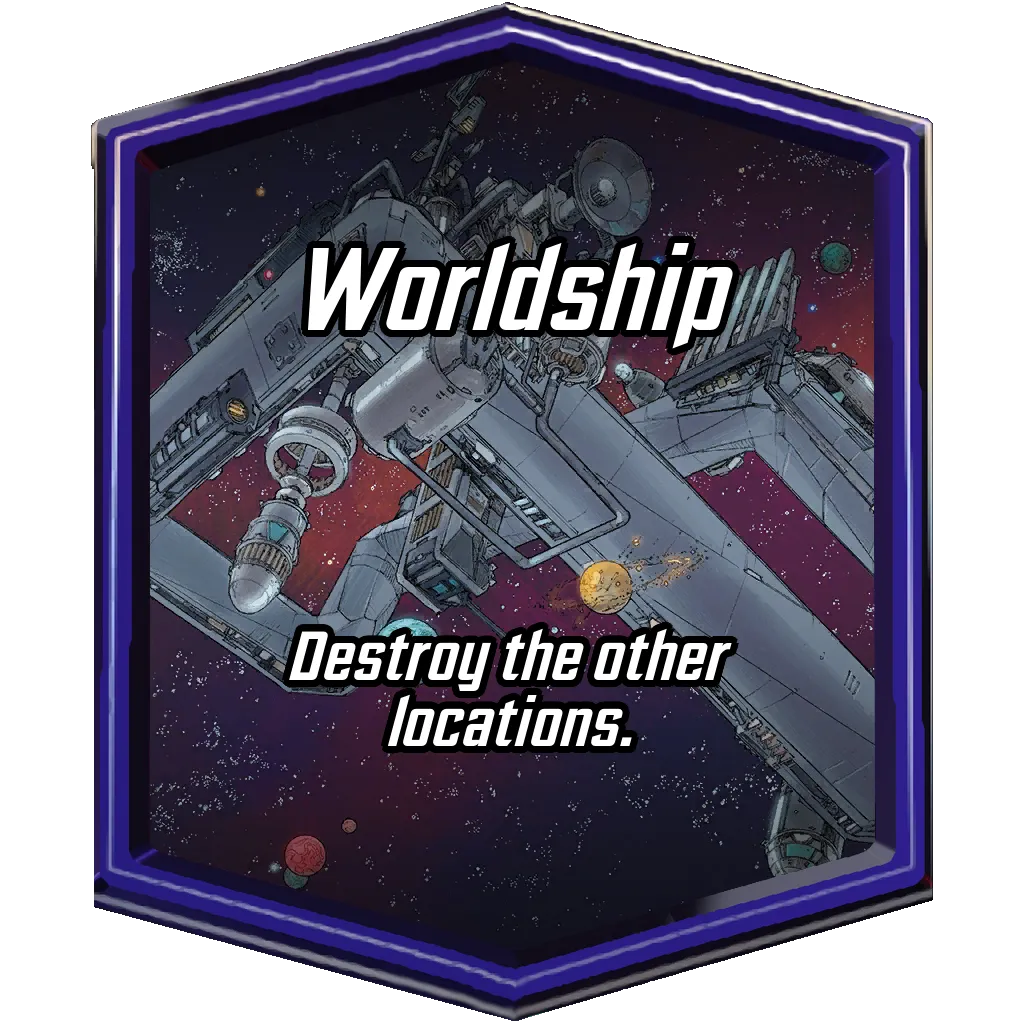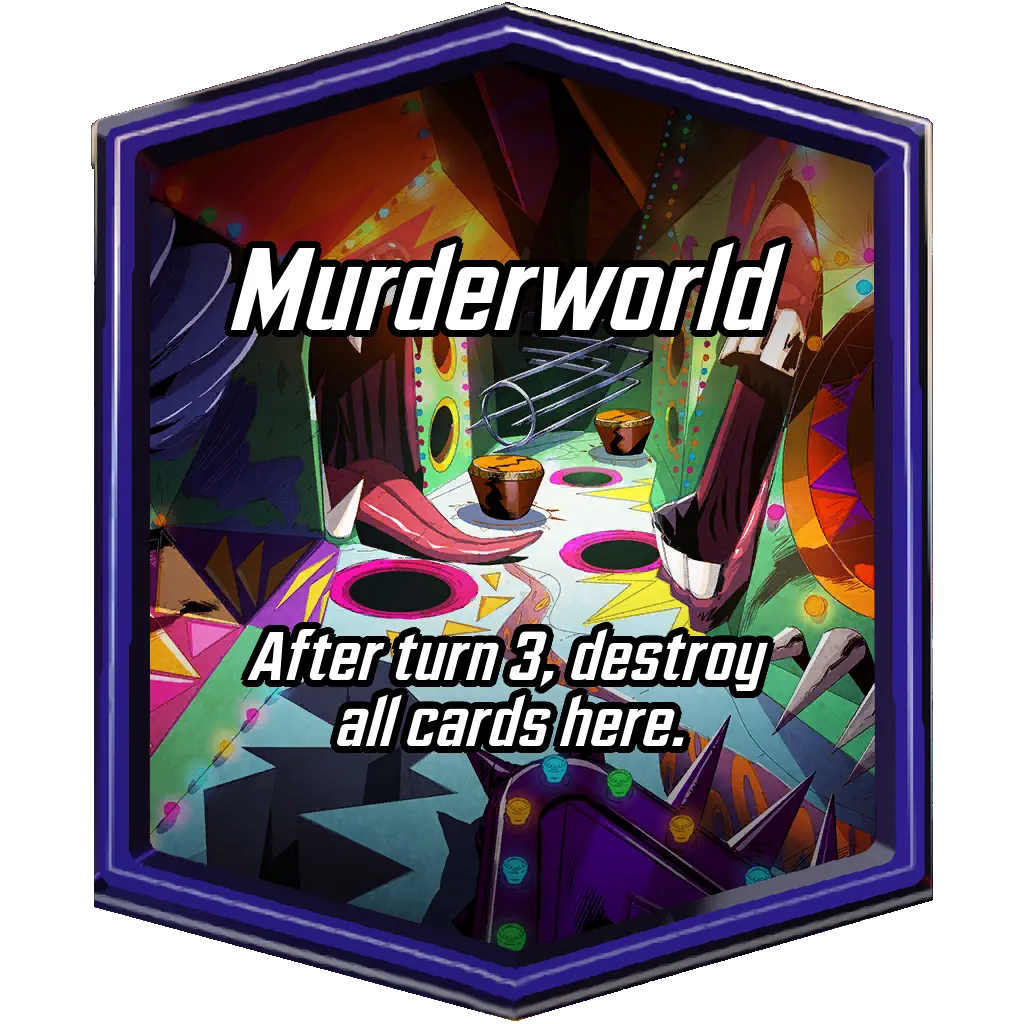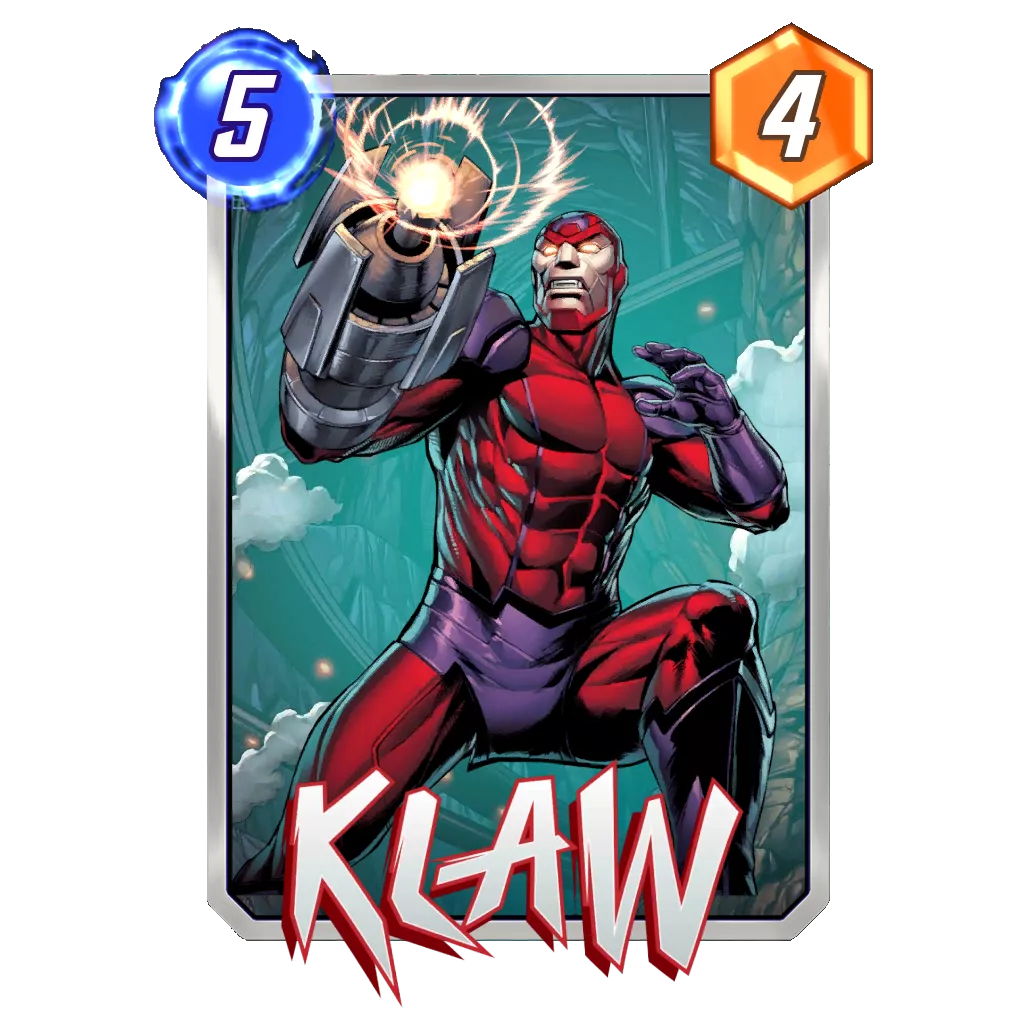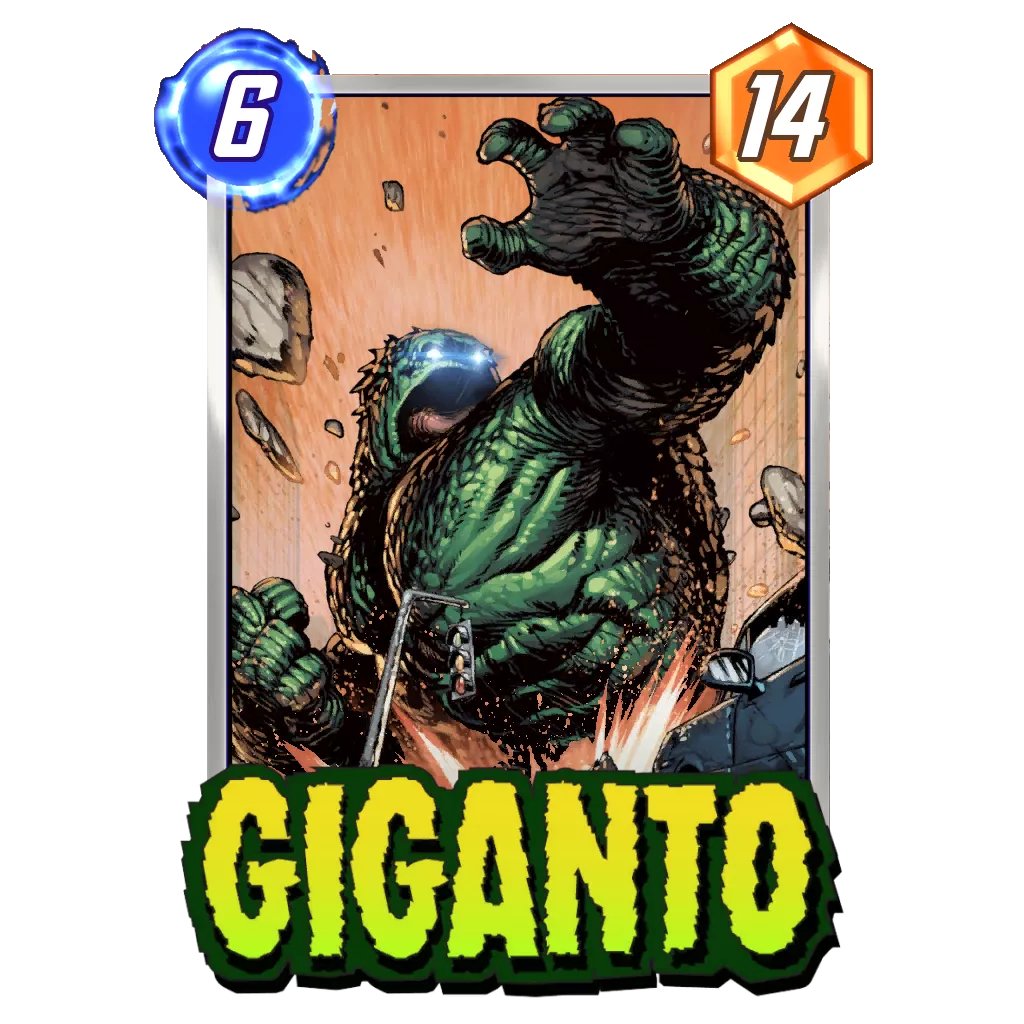Table of Contents
The YouTuber BobFarm has a video series covering the math of Marvel Snap. Of course, I adore the series. It’s super-duper my thing. Unfortunately, it seems like the channel has gone inactive. Fortunately, most of the math videos are still relevant. If you’re at all interested, The Math of America Chavez is excellent.
It’s the first week with the newest season pass card and premier 1-drop, Nebula. Whenever she was in my starting hand, I found that I was playing her to unrevealed locations more often than not. I was hoping to maximize her power by landing her in a location that turned out to be undesirable or impossible to play in. That got me wondering if it was actually a good play, and I was reminded of BobFarm’s video, The MATH of Playing to Unrevealed Locations.
That’s our topic today! I figured I’d have valuable things to add. At the very least, I could account for 3 months’ worth of new locations. Even better, I thought the data from our Marvel Snap Tracker could provide more accurate numbers and some additional insights.
Location, Location, Location
Locations come in four rarities, from Common like The Raft to Ultra Rare like Ego. Whenever you play a game of Marvel Snap, each location is randomly determined. As far as we know, the only restriction is that all three locations will be unique.

You can use our Locations Database to see what rarity each location is. The rarity determines the weighting described by Glenn in the screenshot above.
We don’t know the exact percentages, but the data sample I’m using covers about three million locations from actual games (and none of them on a day with a Hot Location). That’s a big sample size, and should get us really close to the right numbers.
An inference based on the data: I’m quite sure that each location within a given rarity has an equal chance of showing up.
These percentages should be really close, but slightly off due to some locations that are inevitably outliers. Limbo and Ruins get over-represented because of the abilities of Magik, Rhino, and . Mirror Dimension and Westview get under-represented, because they both transform into a different location at the start of turn 4.
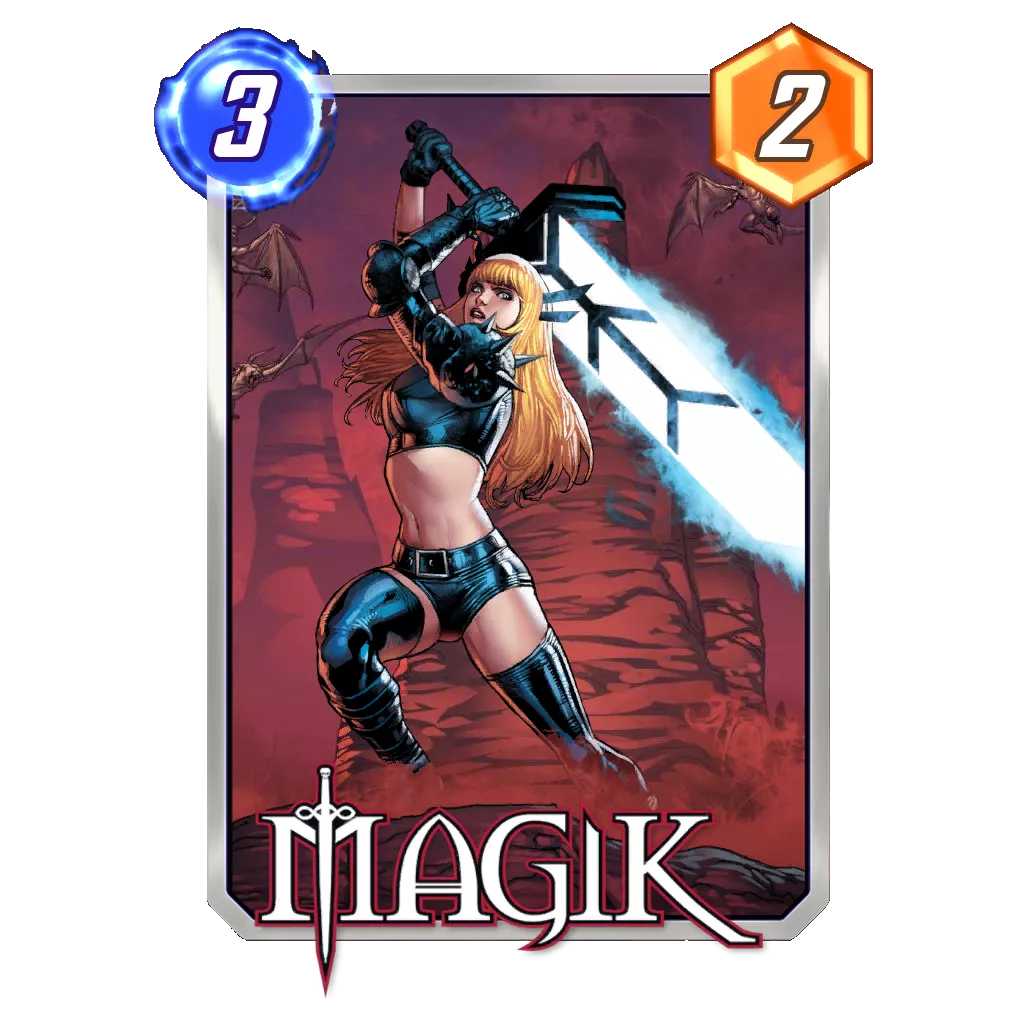














| Rarity | Locations | Rarity Chance | Location Chance |
|---|---|---|---|
| Common | 63* | 72.57% | 1.15% |
| Uncommon | 29 | 20.81% | 0.72% |
| Rare | 15 | 6.43% | 0.43% |
| Ultra Rare | 2 | 0.19% | 0.09% |
Fun fact: The odds of seeing Ego and Worldship in the same match is 1 in 1,105,630 (with Ego first, or else Worldship would destroy him before he gets a chance to take over)!
The Good, The Bad, and The Space Throne
I went through each location and marked whether it is amazing, good, neutral, bad, or awful to play into while it’s unrevealed.
An example of each:
- Amazing: Sanctum Sanctorum
- Good: Vibranium Mines
- Neutral: Elysium
- Bad: Murderworld
- Awful: The Space Throne
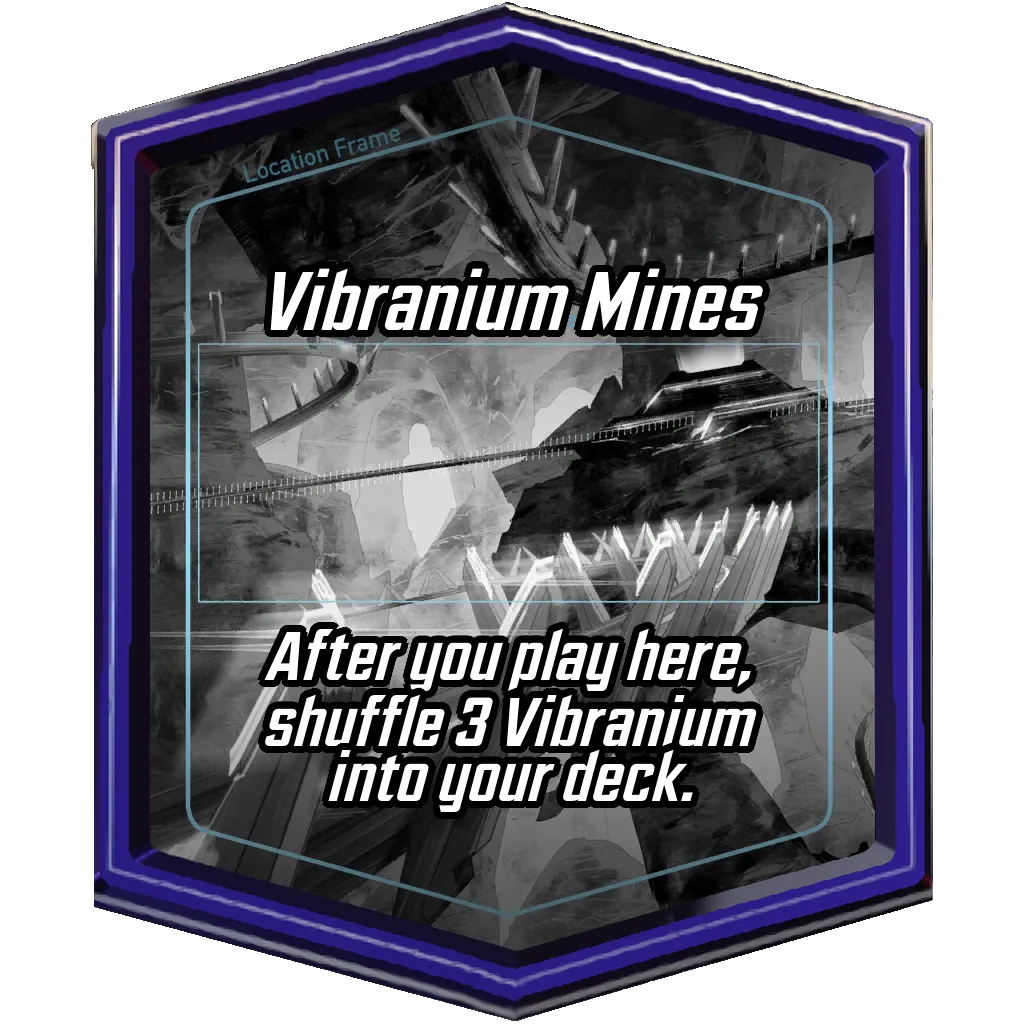
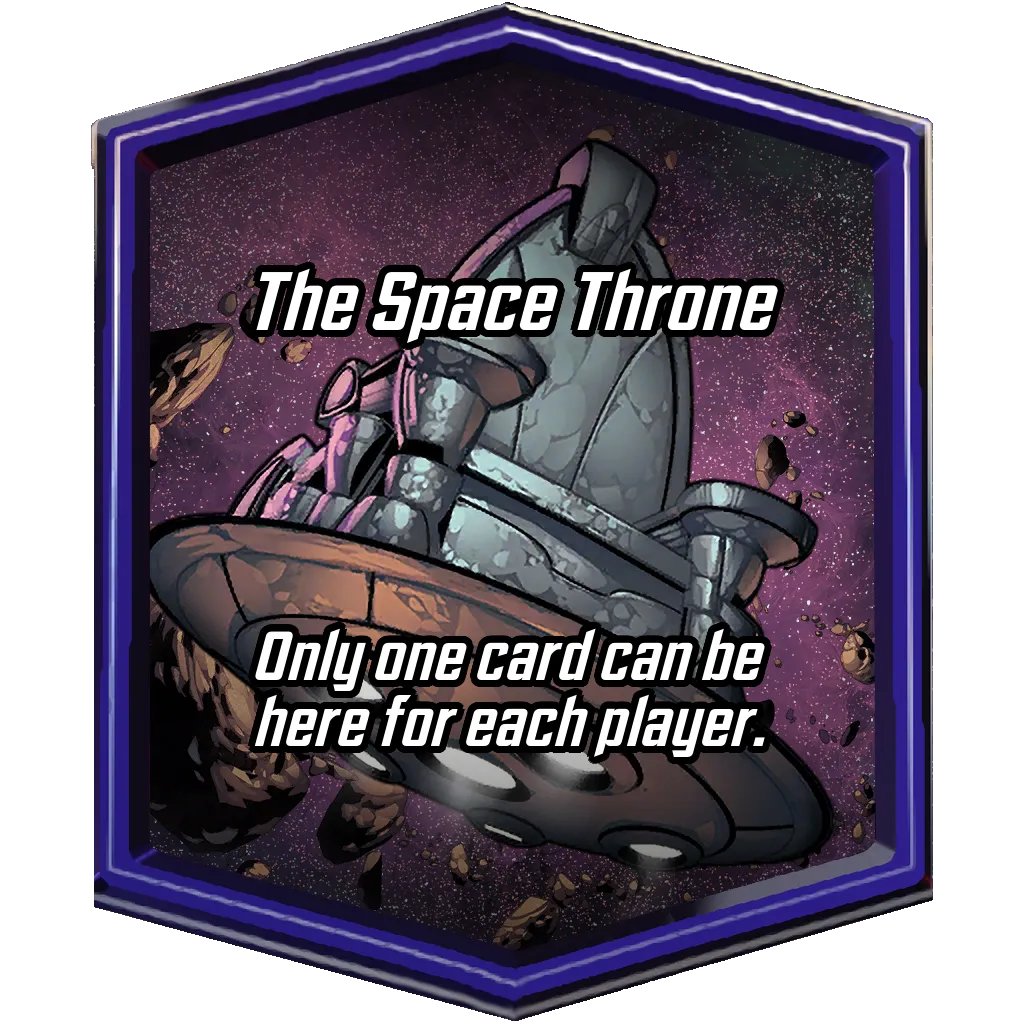
Amazing represents locations you have a decent chance of winning even if you don’t play anything else there.
Awful is the opposite: locations you are likely to lose because you played there before they were revealed.
| Rarity | Amazing | Good | Neutral | Bad | Awful |
|---|---|---|---|---|---|
| Common | 1 | 15 | 38 | 9 | 0 |
| Uncommon | 1 | 6 | 15 | 6 | 1 |
| Rare | 2 | 2 | 9 | 1 | 1 |
| Ultra Rare | 0 | 0 | 1 | 1 | 0 |
We can then multiply the number of locations by the location chance (based on rarity) to find out the overall odds of playing into an unrevealed location.
| Rarity | Amazing | Good | Neutral | Bad | Awful |
|---|---|---|---|---|---|
| Common | 1.15% | 17.28% | 43.78% | 10.37% | 0.00% |
| Uncommon | 0.72% | 4.31% | 10.76% | 4.31% | 0.72% |
| Rare | 0.86% | 0.86% | 3.86% | 0.43% | 0.43% |
| UltraRare | 0.00% | 0.00% | 0.09% | 0.09% | 0.00% |
| Grand Total | 2.73% | 22.44% | 58.49% | 15.20% | 1.15% |
The majority of locations are totally neutral to play into early.
If we compress all that down to just two categories, we get:
- Safe: 83.66%
- Unsafe: 16.34%*
* 15.20% + 1.15% = 16.34% because rounding
83.66% safe isn’t bad at all! Those are better odds than the chance you’ll draw Galactus before the game ends (assuming you’re rocking the Devourer of Worlds). 83.66% is probably even better odds than your chance that your next mystery variant is a pixel variant! Probably.

Playing into unrevealed locations only happens in the early game — the first two turns. Amazing and awful might be apt descriptions for your chances of winning, but it’s a different story for the impact on your cubes. From that angle, amazing locations are just good (your opponent is more likely to retreat if you snap) and awful locations are just bad (you can retreat and minimize your losses).
The tables above pretty much apply for Scarlet Witch and Thanos’ Reality Stone, too. You can expect to get a beneficial or neutral location almost 85% of the time. Well, the table accurately applies to Scarlet Witch and Reality Stone on turns 1 and 2, then becomes less accurate as the game goes on. For example, Oscorp Tower is bad on turns 1–3 and then neutral afterward.
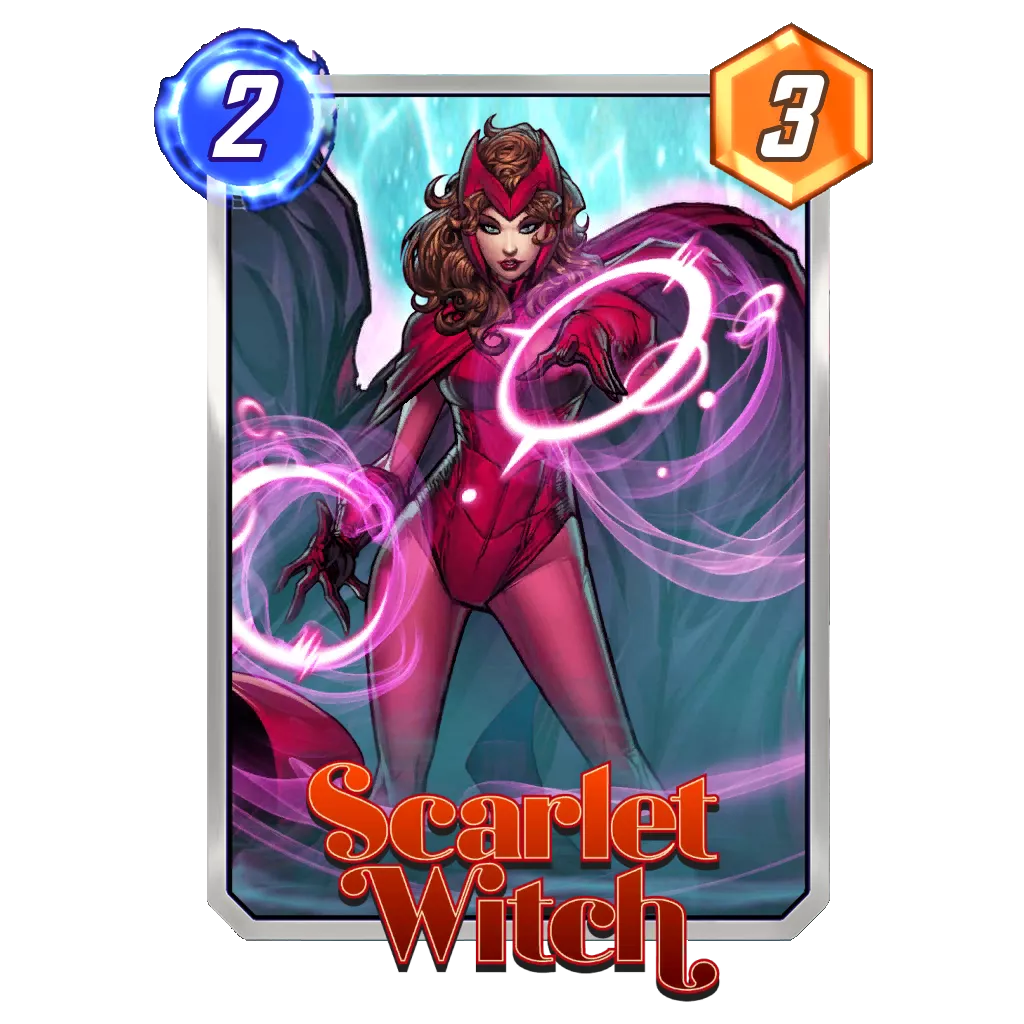














Take an Early Lead
It’s a fact that your opponent is less likely to play in an unrevealed location than one that has already been revealed. That means one advantage of playing into an unrevealed location is getting an early lead there.
An early lead in a location can simply make it easier to win that location. You get ahead, and stay ahead. As a bonus, it applies pressure to an opponent who wasn’t planning on contesting that location until it got revealed. Of course, that effect is magnified if you play blindly into a location that ends up being undesirable for your opponent to play in — say, Lechuguilla.
Sometimes an early lead in a location is helpful just for taking (and keeping) priority. It’s not nearly as common since Aero’s ability got nerfed, but some decks do really want priority. You drop a Lizard on the unrevealed right location on turn 2, then leave that location alone for a couple turns (or the rest of the game). It’s okay if Lizard ends up losing that lane. If he helped you control priority, he did his job.
How full each location gets is a small (but interesting!) part of the unrevealed location story. I calculated the average number of cards at each location at the end of the game, for both players. I was specifically interested in a typical full-length game, so I only looked at recent matches that ended after turn 6 with neither player retreating.
| Location | Left | Middle | Right |
|---|---|---|---|
| Avg. Cards per Player | 2.50 | 2.35 | 2.21 |
I checked these averages for different segments by rank and collection level, but to my surprise, the numbers were extremely consistent.
Sure, a single 1-cost card is not equal to a single higher-cost card. Even so, getting a whole card ahead of your opponent in a location can be effective — especially at a location that ends up with only 2.2 cards on average.
So far, every location in the game can appear in any of the three positions. There’s nothing like a left-only location that’s skewing the data. The table above makes it clear that position matters in addition to which locations actually appear in those positions.
Side note: The table above is also interesting in consideration of the cards and locations that care about location position (i.e., Iron Fist, Sentry, Klaw, Heimdall, Giganto, and The Bifrost).
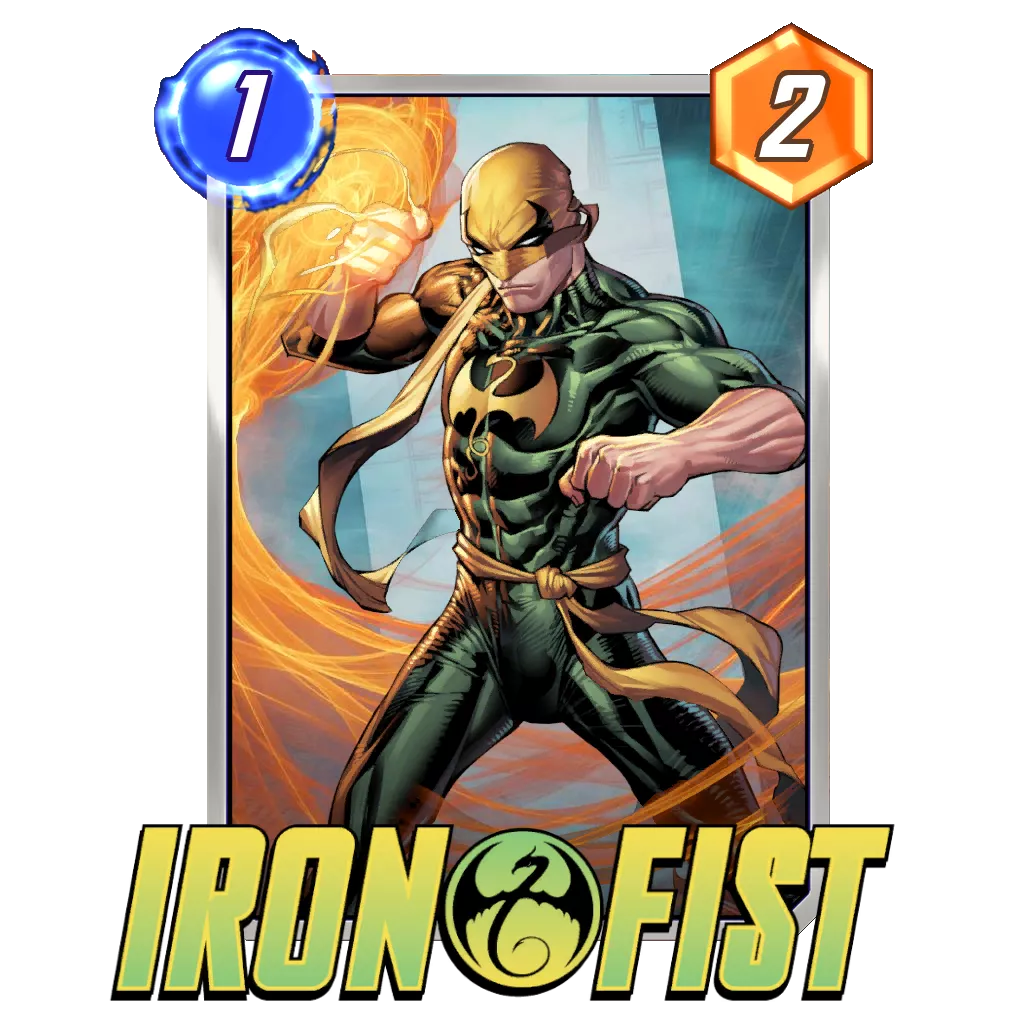







Does it Matter?
So… what’s the impact of playing into unrevealed locations on the stuff that matters — your win rate and, ultimately, your cube rate?
How often you play into unrevealed locations is like many of the metrics we looked at in last week’s Snapalytics. The effect is small but statistically significant. In fact, the likelihood that the correlation could be explained by random chance is virtually zero, thanks to our large sample size.
Since last week’s article, I’ve been doing research to better understand what we should do with the knowledge of these small-but-statistically-significant effects. Asking whether they are practically significant is like asking, “Is it worth it?” To answer that, we have to look at the cost of implementing the changes. That cost could be time, energy, fun, etc.
A good example is “Unique Decks Played”. Last week’s data showed that for each additional deck you play in a 2-week period, we expect your cube rate to be lower by 0.008 cubes. It’s a big enough effect that it matters (especially if your cube rate is low) — increasing your rate from 0.1 cubes per game to 0.108 cubes per game means it takes 93 matches instead of 100 to go up a rank. But you might really enjoy playing a wide variety of decks. Maybe you get so much fun from playing many decks that it’s not worth it to you to sacrifice variety in exchange for that small bump to your cube rate.
Playing into unrevealed locations seems basically free. You don’t have to learn a new technique or develop a new skill. It shouldn’t majorly change your deck’s strategy. It doesn’t destroy fun.
So, even if the effect if playing into unrevealed locations is small, it’s likely still practically significant because the cost is so low.
Metric: % of Games You Play to an Unrevealed Location
Last week, I used r² (“r-squared”) to express the correlation between each metric and cube rate. This week, I’m switching to plain ol’ un-squared r, which is still a measure of correlation. It’s more useful in this context because it can show the strength of the relationship and the direction of the relationship.
The value of r can be between -1 and 1.
- -1: 100% linear correlation, negative relationship (metric ⬆️ = cube rate ⬇️)
- 0: 0% linear correlation
- 1: 100% linear correlation, positive relationship (metric ⬆️ = cube rate ⬆️)
Rank 30–99
The numbers and charts looked pretty similar for all player segments below Infinite, so I’ve combined them into a single group. Considering it’s a new season, that’s almost everybody.
r = 0.11 (weak and positive).
Every 1% increase in % of Games You Play to an Unrevealed Location is expected to increase your Cube Rate by 0.0052.
Infinite is Weird
The smaller stakes of Infinite make it really hard to gauge the competitiveness of many metrics.
And this is definitely one of them. Infinite displayed a moderate negative correlation (r = -0.36). After removing Agatha Harkness decks, that correlation was much weaker (r = -0.03).
Things like XP farming and the lower incentive to retreat make this metric not worthwhile in Infinite.
I’d guess the numbers for players who continue to play to win after they hit Infinite are similar to those for rank 30–99, but that’s just a guess.
Conclusion
Overall, playing into unrevealed locations is a slightly beneficial strategy. I actually think the best takeaway from this is that it is not a harmful strategy. Well… maybe if you’re in Infinite.
It’s possible that the only reason it’s an effective strategy right now is because people don’t play into unrevealed locations as often as they should. So far, you can reliably assume your opponent isn’t playing into one.
I’m not sure how often I’ll continue placing Nebula in unrevealed locations considering that she benefits from having a card played across from her on the same turn. Even so, how fun is it when she ends up in a location like Sanctum Sanctorum?!
However, I will be experimenting with playing other cards to unrevealed locations more often. The low cost of implementing that strategy makes it worth exploring.
Experimenting with different strategies is important for keeping up with the metagame. Even if you only experiment with other people’s ideas, it’s still worth discovering what works for you. It’s a little thing, but maybe it’s a worthwhile experiment for you to play into unrevealed locations more often. You won’t know until you try!
This analysis was powered by the data from our Marvel Snap Tracker. If you play on PC or Android, consider giving it a download! It has many features including a live overlay, the ability to sync your collection to our site, tracking your match data for your own reference, and powering useful tools like the Meta Snapshot.
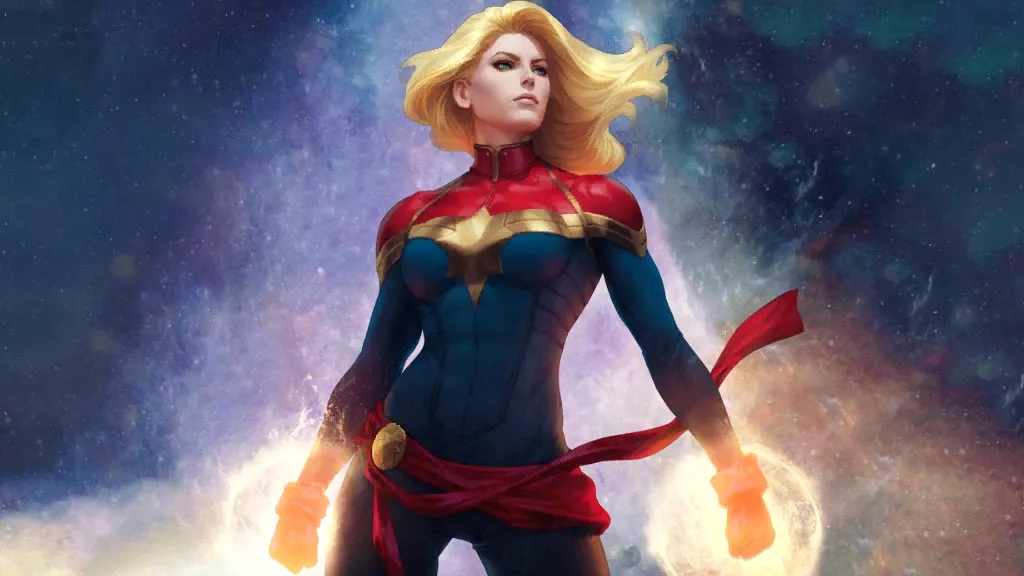
⭐ Premium
Enjoy our content? You can Support Marvel Snap Zone and your favorite content creators by subscribing to our Premium community! Get the most of your Marvel Snap experience with the following perks for paid membership:
- No ads: Browse the entire website ad-free, both display and video.
- Exclusive Content: Get instant access to all our Premium articles!
- Meta Reports: Exclusive daily meta reports, such as the Ultimate Card Metrics Report, Top 10 Decks of the Day, Top 30 Cards, and Top Card Pairs tailored for you!
- Team Coaching: Join our free weekly team coaching call sessions on the Discord server. Claim your Premium role and gain access to exclusive channels where you can learn and discuss in real time!
- Premium Dashboard: Get full instant access to the member-only dashboard, the all-in-one page for all your benefits.
- Support: All your contributions get directly reinvested into the website to increase your viewing experience! You get also get a Premium badge and border on your profile.
- Special offer: For a limited time, use coupon code SBYREX4RL1 to get 50% off the Annual plan!
























